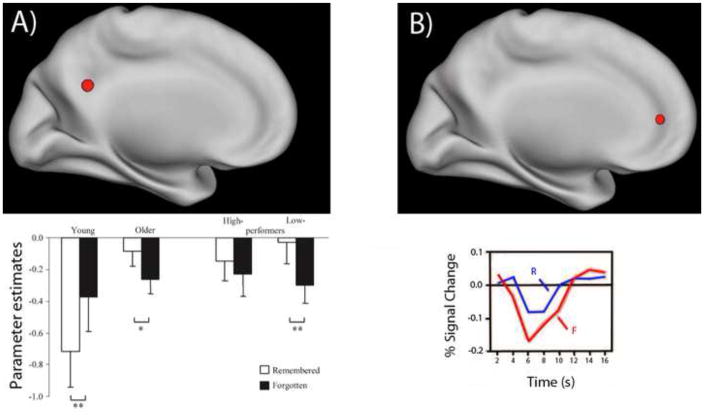Figure 1. Reduced deactivations during events later remembered versus forgotten.
A) A representative example of an age-group-by-subsequent-memory interaction in a deactivated region (adapted from [3]). The bar graph displays parameter estimates in posterior cingulate cortex for encoding events subsequently remembered and forgotten in young adults, older adults, and also for sub-groups of high-performing and low-performing older adults. A reversal in subsequent memory effects with age (forgotten > remembered in young, remembered > forgotten in old) was observed, which is particularly evident in low-performing older adults. This interaction is attributable primarily to a difference in activation for remembered (rather than forgotten) events. See [11] for a meta-analysis indicating that such effects are consistently observed. B) Young adults, under certain conditions, can also exhibit reduced deactivation in a region that contributes to successful task performance (adapted from [14]). A region in medial prefrontal cortex was less deactivated for remembered (R) than forgotten (F) events. The encoding task was to judge the self-descriptiveness of adjectives, a task that differs from traditional semantic encoding tasks such as the animate/inanimate task used in [3].

